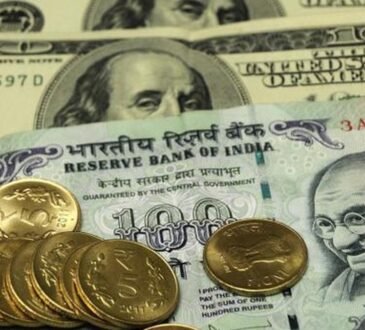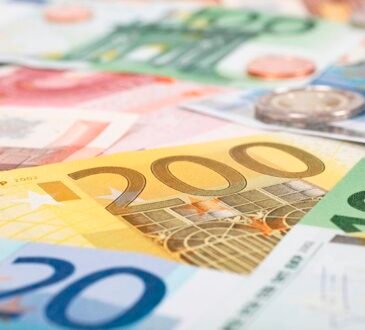What’s going on here?
The Indian rupee slightly strengthened to 83.5275 against the US dollar, buoyed by softer US inflation and hopes for future Fed interest rate cuts.
What does this mean?
The rupee’s modest gain is a welcome sign for India, largely driven by a recent dip in US inflation for June. This unexpected decrease has heightened market expectations for a Fed rate cut in September, causing US bond yields and dollar-rupee forward premiums to shift. The dollar index rose by 0.1% in Asia trading, and the 1-year US Treasury yield fell to its lowest since early March at 4.89%. Market participants are now closely monitoring the upcoming US producer price and India’s consumer inflation data, anticipating further impacts.
Why should I care?
For markets: Navigating the currency currents.
Traders and investors should pay attention to the evolving market dynamics. The increased probability of a Fed rate cut, now above 90% according to the CME’s FedWatch tool, suggests a strategic shift might be needed. The rise in dollar-rupee forward premiums, with a 1-year implied yield up by 2 basis points to 1.68%, reflects growing optimism and potential opportunities in the currency futures market. Meanwhile, the dip in US Treasury yields indicates a shift in investor sentiment toward lower-risk assets.
The bigger picture: Global economic ripples.
Softer US inflation and possible Fed interest rate cuts are poised to impact global markets. For India, a stronger rupee can attract more foreign investment, stabilizing the domestic market despite ongoing interventions by the Reserve Bank of India. The rupee’s oscillation around the 83.50 level, supported by significant inflows and a weaker dollar, highlights the interconnectedness of global economies and the delicate balance central banks must maintain in managing their currencies.





